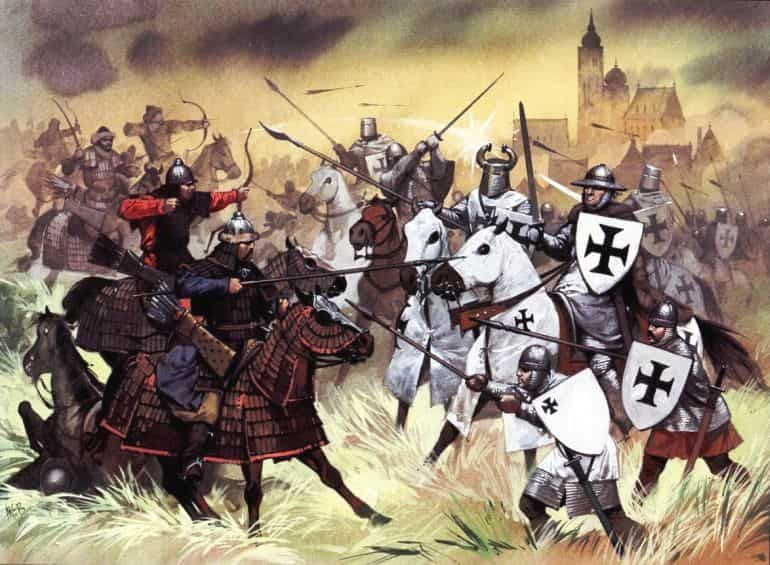The Order of the Knights Hospitaller, also known as the Order of Saint John of Jerusalem, marked the history of the Middle Ages. It emerged around 1070, before the First Crusade, when Amalfi merchants founded a hospital in Jerusalem to care for sick Christian pilgrims.
After the conquest of Jerusalem by the Crusaders in 1099, the center acquired great importance.
In 1113, Pope Paschal II officially recognized the institution as a religious order under the Rule of Saint Augustine.
Its first known leader was Gerard Tenque, and his successor, Raymond du Puy, transformed the community into a military and religious order, capable of defending the Crusader territories and continuing its hospitality mission.

From the Holy Land to Europe: evolution and expansion
Initially focused on medical and humanitarian assistance, the Order took on an increasingly active military role, participating in numerous battles during the Crusades.
Unlike the Templars, the Hospitallers never abandoned their charitable work, converting their fortresses into medical treatment centers.
After the loss of Jerusalem and later Acre, the last Crusader stronghold (1291), they settled in Rhodes in 1309, from where they resisted Ottoman attacks for more than two centuries.
Finally, in 1530, Emperor Charles V granted them the island of Malta, where they ruled as sovereigns until 1798, when they were expelled by Napoleon Bonaparte's troops.
Functions and structure of the Order
The Knights Hospitaller were organized into priories and langues (linguistic divisions), including Castile, Aragon, Provence, Italy, Germany, England, and France.
Its supreme leader was the Grand Master, a position equivalent to that of a monastic order but with military and diplomatic functions.
The Order combined three main profiles: Knights of Justice (noble combatants), Chaplains (who officiated mass and provided spiritual care) and Servant Brothers (in charge of health care).

Types and uses: between the sword and the cross
Unlike the Templars, the Hospitallers developed their own defensive and architectural style. They specialized in building fortified hospitals, castles, and bastions at key locations around the Mediterranean, such as the Krak des Chevaliers Castle in Syria—considered one of the most impressive Crusader fortresses.
Its emblem, a white eight-pointed cross, symbolizes the virtues of the Christian knight.
During the Crusades, they carried black tunics with this cross on the chest, in contrast to the white Templar.
The order participated in sieges and battles against Muslims, Ottoman Turks, and pirates, but also cared for the sick regardless of religion.
Tangible presence and historical legacy
The legacy of the Hospitallers lives on in numerous museums and historical monuments:
- The Rhodes Castle Museum in Greece houses hospital artifacts and weapons.
- In Malta, the Grand Master's Palace in Valletta and St. John's Co-Cathedral preserve his influence.
- In France, the Musée de l'Ordre de Malte (Paris) offers a documented view of its history.
- In Spain, their presence was notable in Navarre, Aragon and Castile, with fortresses and priories under their jurisdiction.
Today, the Sovereign Military Order of Malta, recognized as an international entity, continues to pursue a solely humanitarian and medical mission, a direct heir to the Knights Hospitaller.

The Knights Hospitaller represent one of the most enduring and complex institutions of the Middle Ages.
Able to combine charitable assistance with armed defense, they adapted to the political, religious, and social transformations of their time.
His legacy is tangible and verifiable, both in defensive architecture and in his role as a pioneer in military medicine.
Unlike the mythical aura surrounding other orders, its history is solidly documented and remains relevant today.
Don't forget to visit our Medieval Shop .









